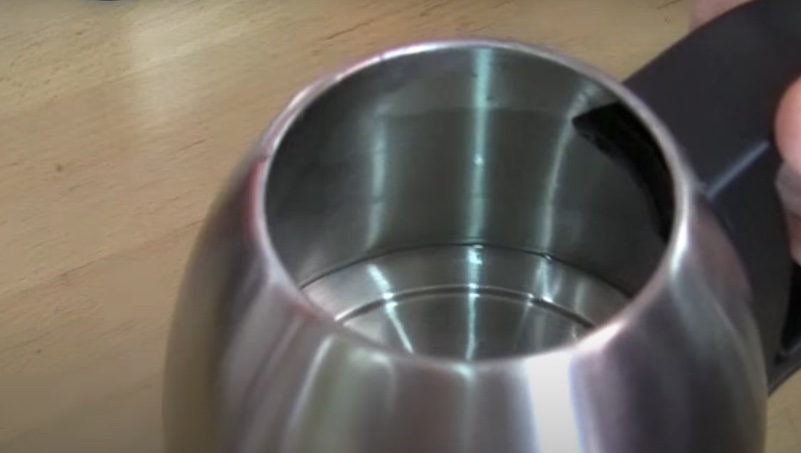A tea kettle is among the most used kitchen appliances at home. It is effective for boiling water for a sweet hot cup of coffee or tea. When you look inside after prolonged use, you will notice rusts or layers of limescale that formed from hard water at the bottom.
The rust and limescale deposits may increase and alter the taste of your beverages. The good news is that there is a way of getting rid of them, by cleaning the kettle.
In this article, you will learn what causes a tea kettle to rust and how to keep your tea kettle from rusting. You will also learn how to clean them out so that your tea kettle is clean and the water doesn’t take weird.
What causes a tea kettle to rust?
A tea kettle may rust because it boils hard water and leaves moisture in the kettle. Rust in a stainless-steel tea kettle looks like a yellowish or even reddish residue. It is formed when oxygen and water react with iron through oxidation.
This reaction ends up corroding the tea kettle and leaves a yellowish residue inside. That is why it is important that you clean your kettle to get rid of them.
How to clean rust out of your tea kettle
You can get rid of rust from your tea kettle by creating a cleaning routine. It is best that you clean it daily using dishwashing soap and water.
You can also descale it once a week with a white vinegar solution. If there is still rust at the bottom of the kettle, you should deep clean it using baking soda and lemon juice.
The descaling process involves pouring a quarter cup of white vinegar and two cups of water into the kettle. Let the mixture boil for 20 minutes before turning it off, and let it cool down for another 20 minutes. Pour out the mixture and rinse the kettle to remove its odor.
For deep cleaning, mix two tablespoons of baking soda and lemon juice in the kettle. Add water to the maximum line and let the mixture boil for 30 minutes.
Turn off the kettle and let it cool for 20 minutes before pouring the mixture and rinsing the kettle.
You can also use other products like the Citric Acid cleaner which has positive reviews and is a favorite for removing rust in water boilers.
Is rust in kettle dangerous?
Rust is not necessarily harmful to human health, nor is it associated with any deadly health risks. However, it is not food safe and should not be ingested. It is, also, discomforting and it can deduce the water’s taste.
If you want to avoid rust, you can use stainless steel kettles. They are very durable and stainless steel is the safest material for a kettle.
How to keep a cast iron tea kettle from rusting inside
There are several ways in which you can protect your tea kettle from rusting.
- Always rinse the kettle before and after boiling water
- Let the tea kettle cool and dry before you store it in a cabinet or drawer.
- Clean the kettle regularly
- Rinse off any spills before drying on the kettle’s surface.
- Use a vinegar solution to clean the tea kettle’s exterior
- Do not let water sit in the kettle if it is not being boiled. Instead, the tea kettle should be dry if not in use and stored in a dry place.
When you take all the above measures, you will have prevented rust from forming in the first place. However, if it still does, then follow the rust removal method we’ve provided above.

